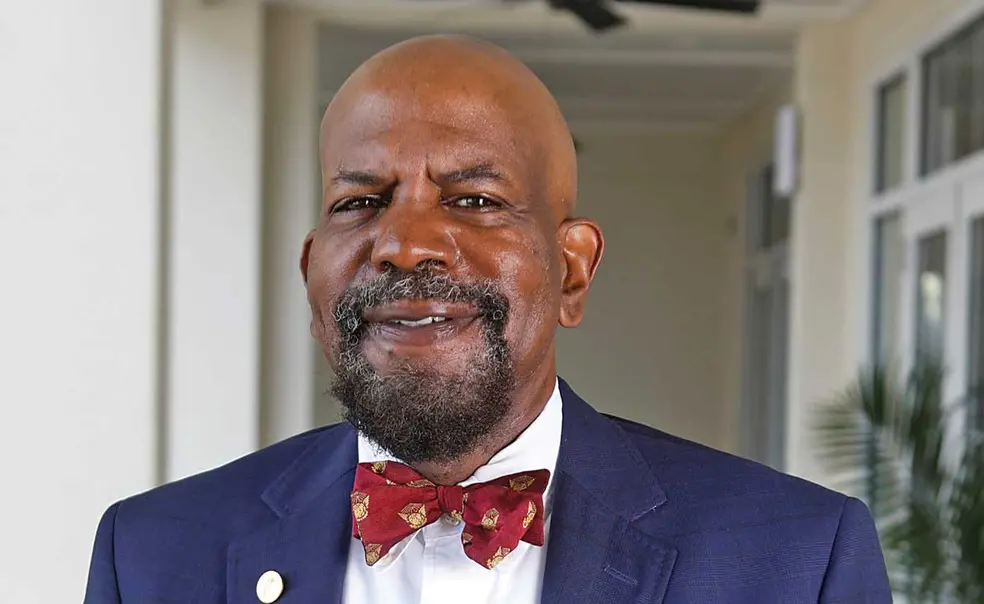Regeneration Pioneer Cato Laurencin ’80 Wins Major NAACP Honor
The innovative engineer-physician-scientist has ambitions for the future
Cato Laurencin ’80 is accustomed to breaking barriers.
The engineer-physician-scientist is the founder of the field of regenerative engineering, which focuses on the regeneration of complex tissues and organ systems. He has been a pioneer in engineering bone, ligament, and cartilage regeneration and repair, and is known for innovations like the Laurencin-Cooper ligament, which is able to regenerate the ACL — the anterior cruciate ligament — in the knee.
These accomplishments and others led the NAACP, in July, to award Laurencin the prestigious Spingarn Medal, the highest honor the organization bestows upon a living African American.
“I felt very honored and also very, very blessed,” Laurencin says. “I’ve known of the Spingarn Medal since growing up as a child in Philadelphia, and I know the significance of it.”
Previous honorees include Martin Luther King Jr., Maya Angelou, Jackie Robinson, and Oprah Winfrey. The award has been given to only four other scientists in its 107-year history, and Laurencin is the first engineer to be honored.
“It really does recognize my work in comparison across many, many different fields,” he says. “One of the reasons why the award is there is for the person to be a role model for others in terms of whatever field that they’re in, and I hope that I can continue my work being a role model for people who are engineers, scientists, clinicians — especially young people who are aspiring to work in these areas.”
Laurencin says he decided to apply to Princeton’s engineering school after attending a dinner the school hosted in Philadelphia, and he subsequently decided to study chemical engineering. He went on to receive his M.D. from Harvard and his Ph.D. from MIT.
“I hope that I can continue my work being a role model for people who are engineers, scientists, clinicians — especially young people who are aspiring to work in these areas.” — Cato Laurencin ’80
He is currently the Van Dusen Distinguished Endowed Professor at the University of Connecticut, and the CEO of the university’s Connecticut Convergence Institute for Translation in Regenerative Engineering.
Laurencin is no stranger to an awards-ceremony stage. Earlier this year, he became the first surgeon to be elected to all four national academies: the National Academies of Sciences, Engineering, Medicine, and Inventors. He has received the highest awards from the National Academies of Medicine and Engineering, as well as the Philip Hauge Abelson Prize (given by the American Association for the Advancement of Science), the Hoover Medal (awarded by a board representing five U.S. engineering organizations) and the National Medal of Technology and Innovation, which was awarded by President Barack Obama. He was also named one of the 100 Engineers of the Modern Era by the American Institute of Chemical Engineers.
Laurencin says he feels good about his mark on the world. “When you start a new field and declare a new field, you have a lot of people looking left and right and saying, ‘Really?’ ” he says. “It’s exciting to see it happen, but it’s also exciting to see the young people who are now entering the field and studying the areas and embracing the technologies that we’re talking about.”
He’s not resting on his laurels anytime soon, though. His team’s goal is to regenerate an entire limb by 2030, and he teased “some exciting work and exciting results” in limb regeneration that will be reported in the next year. His autobiography, Success is What You Leave Behind, will be published by Elsevier’s Academic Press in November.












No responses yet